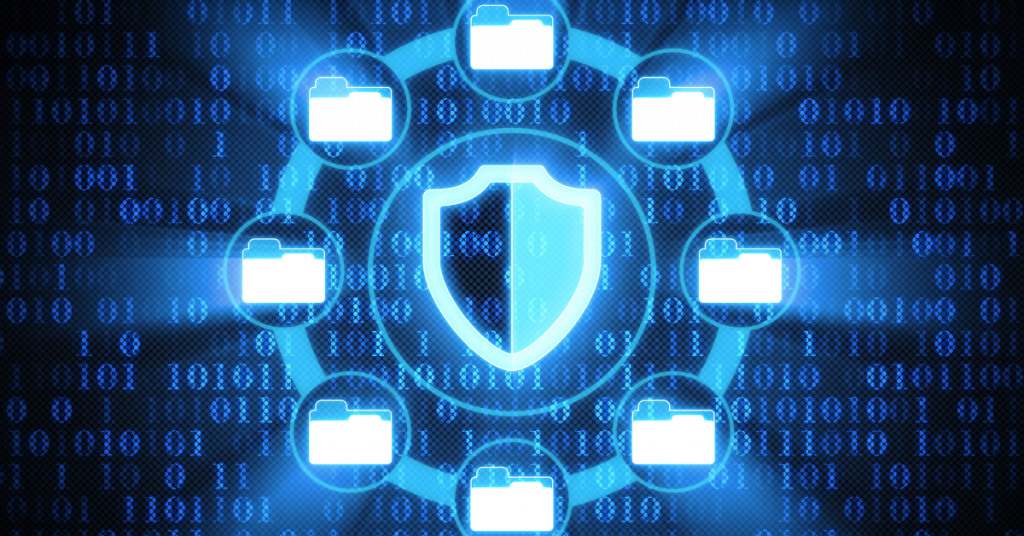Medical imaging is a key part of modern healthcare. It helps doctors check what’s going on inside the body without needing surgery. Whether it’s an X-ray, CT scan, or MRI, having accurate results quickly is important. That’s why many clinics and hospitals use radiology software to keep everything organised and moving smoothly.

What Is a Radiology Information System?
A radiology information system, or RIS, is used to handle patient details, appointments, scan requests, and final reports. It helps different departments talk to each other clearly so that no step gets missed. Doctors can check results faster, patients don’t need to wait as long, and everyone knows what to do next.
This system can also be linked to booking tools, making it easier to set up appointments. Staff can track when scans are done, when reports are written, and who still needs to see them. Nothing gets lost or delayed.
RIS Radiology Information System Explained
A RIS radiology information system is not just a place to store files. It’s a full toolset that handles every step in the radiology department. From the moment a doctor orders a scan to when the final report is sent, this system tracks the process.
For example, if a scan was done yesterday and still hasn’t been reported, the system will show this. If a report has been written but not sent to the referring doctor, it will send a reminder. Everyone in the chain can see the current status without needing to make phone calls or send emails.
Why Radiology Workflow Tools Matter
In busy hospitals, it’s easy for things to fall through the cracks. That’s where radiology workflow software makes a big difference. These tools guide every step of the imaging process.
Let’s say a patient needs a chest X-ray. The system will track when the request was made, when the scan was done, when the report is finished, and when it was sent back to the original doctor. If any step is delayed, the system will raise a flag.
This clear process helps avoid mistakes and makes sure patients get their results quickly. It also helps the staff keep things moving during busy times.
Features of Radiology Information System Software
A good radiology information system software will come with many useful features. These can include:
- Online appointment bookings
- Barcode tracking of patient scans
- Automatic reminders for follow-ups
- Pre-written templates for reports
- Searchable patient history
- Alerts for urgent scans or abnormal results
This kind of software helps both doctors and admin staff do their jobs faster. Instead of hunting through files, everything can be found with a few clicks. This saves time and reduces stress.
Why RIS Software Is Useful
There’s a good reason many hospitals and practices are switching to RIS software. It brings all the parts of the imaging process into one place. From booking and scanning to reporting and billing, everything is tracked.
For staff, this means fewer missed steps and better communication. For patients, it means shorter waiting times and fewer follow-ups. And for managers, it means clearer records and fewer complaints.
If there’s ever a question about a scan or a delay, the system keeps a record. This helps with audits, reports, and patient feedback.
PACS Radiology Software Makes Images Easy to Access
The actual images from scans—like X-rays and MRIs—are stored using PACS radiology software. PACS stands for Picture Archiving and Communication System. It allows images to be stored safely and shared between departments.
Doctors can view images from different rooms or buildings. They can compare old and new scans side by side. This helps with diagnosis and makes patient care more consistent.
PACS also removes the need for printed films. Everything is stored digitally, which saves space and makes sharing easier.
PACS Medical Imaging Software for Storage and Sharing
PACS medical imaging software plays a big role in storing large amounts of image data. Medical images take up a lot of space, and storing them properly is important for long-term care.
This software compresses images to save space without losing quality. It also adds secure access, so only approved staff can view certain scans. This keeps patient data private and safe.
Hospitals can store years’ worth of images and find them quickly when needed. If a patient needs to show their scans to another doctor, the images can be sent easily.
Fast and Accurate Radiology Reporting Software
After a scan is done, a report needs to be written. Radiology reporting software helps radiologists write clear and accurate reports faster.
This software often includes templates. For example, a CT scan of the chest will have a standard layout. The radiologist just fills in the details. This keeps reports clear and avoids confusion.
Some tools also allow voice typing or auto-fill based on common findings. This means the radiologist can focus on the diagnosis, not typing. The reports are also easier for other doctors to read and understand.
Why These Tools Are Needed
Medical imaging isn’t just about taking pictures. It’s about getting answers quickly and clearly. Without good systems, the process can be slow and confusing. A scan might be done, but the report gets delayed. Or a result is ready, but the doctor doesn’t see it.
Using strong tools like radiology information system platforms or RIS software can prevent these issues. They help everyone work together and make sure patients get the care they need.
Hospitals and clinics that switch to these systems often find fewer errors, faster results, and happier patients.
Final Thoughts
Whether it’s a full radiology information system software or a focused PACS imaging software tool, these systems make medical imaging easier to manage. They help staff stay on track, reduce mistakes, and improve patient care.
With better tracking, faster reporting, and easier sharing, healthcare teams can focus more on people and less on admin. In a busy hospital or even a small private practice, that makes a big difference.